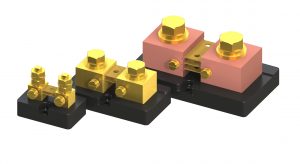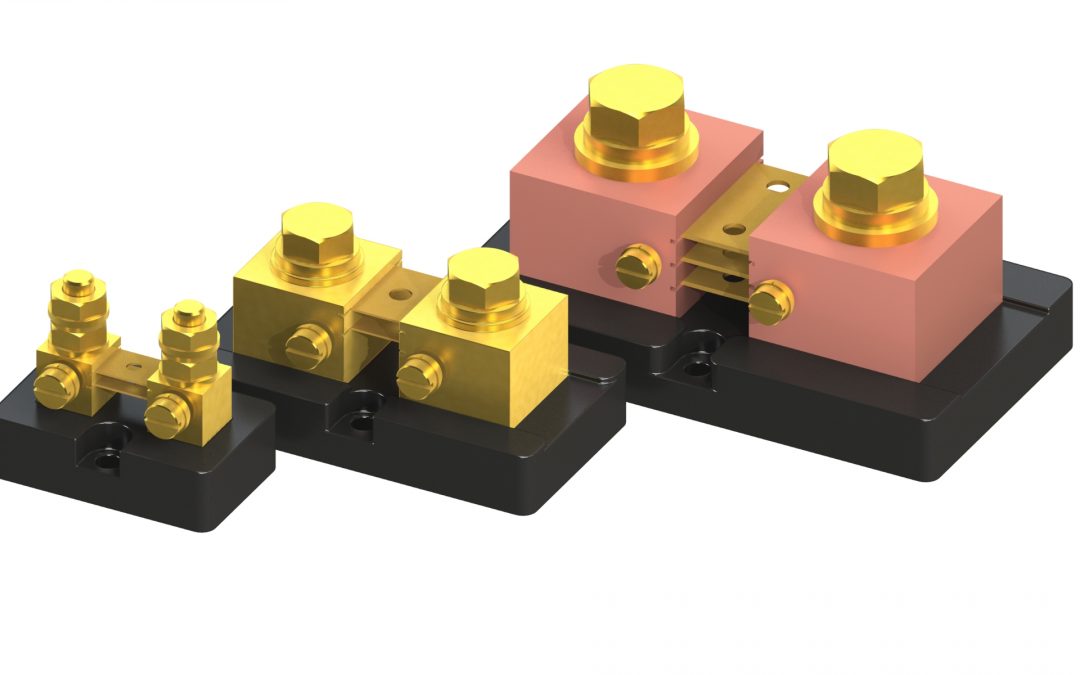 Shunt resistors are an important component in many electronic circuits as they are used to accurately measure current, and thus power. Shunt resistors can also be used to protect electronic components from damage by detecting power spikes. In this article, we will take a comprehensive look at shunt resistors. We will discuss their types, applications, and how to select the right shunt resistor for your project.
Shunt resistors are an important component in many electronic circuits as they are used to accurately measure current, and thus power. Shunt resistors can also be used to protect electronic components from damage by detecting power spikes. In this article, we will take a comprehensive look at shunt resistors. We will discuss their types, applications, and how to select the right shunt resistor for your project.
What are Shunt Resistors?
A shunt resistor is a type of resistor that is used to measure the current flowing through a circuit. The shunt resistor is placed in series with the circuit, and the voltage across the resistor is measured to determine the current flowing through the circuit.
Why Do You Need Shunt Resistors?
There are many reasons why you would need to measure the current flowing through a circuit. For example, you may need to know how much current is flowing through a particular component to determine if it is operating within its specified range. Additionally, measuring current can be used to troubleshoot problems in a circuit. For example, if you know that a certain amount of current should be flowing through a particular component, but you measure a lower current, this could indicate that there is a problem with the component.
Types of Shunt Resistors
There are a few different types of shunt resistors, each of which has its own advantages and disadvantages. The type of shunt resistor you use will depend on the particular application. The most common types of shunt resistors are:
- Manganin shunt resistors: These resistors have a wide range of rated Amperages, meaning that they can be built to read anywhere from 1 Amp to over 8000 Amps. These shunt resistors can also be pulsed with higher amperages as long as the temperature of the manganin stays below 140C. The output voltage is usually between 50mV and 100mV and has to be passed through an amplifier.
- Kelvin shunt resistors: These resistors are designed to provide a high degree of accuracy when measuring current. Kelvin shunt resistors are typically used in applications where it is important to know the exact amount of current flowing through the circuit but the length of the leads could cause the value to be inaccurate.
• Smart shunt resistors: These resistors are based on manganin shunts but have a built-in amplifier to boost the typical 50mV output to over 2.5 Volts, or to convert the analog output to a digital signal such as CANBUS or RS485.
How to Size a Shunt Resistor
When selecting a shunt resistor, you must first determine the maximum current that will be flowing through the circuit. The maximum current is typically specified in the datasheet for the component that you are measuring. Once you know the maximum current, you can select a shunt resistor with a resistance that is low enough to allow the maximum current to flow, but high enough to allow for accurate voltage measurement. If the current draw will be steady it is recommended per IEEE standards to not have the current draw go above 2/3 of the rated current, and lower if the ambient is over 40C.
Conclusion
Shunt resistors are an important component in many electronic devices and circuits. They are used to measure current and protect against overloading and short circuits. Without shunt resistors, many electronic devices and circuits would not function properly.
Riedon is a resistor manufacturing company, specializing in power resistors, precision resistors, surface mount resistors, high temperature, high power, and custom resistors. For more information about our current shunt resistors and more, reach out to our team today!

